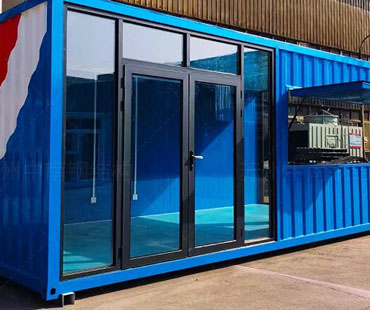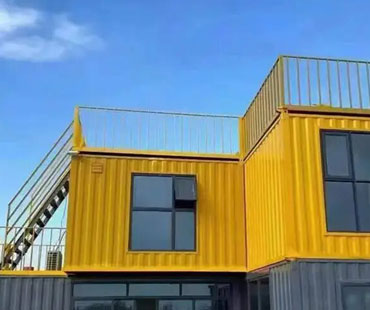In the ever-evolving world of logistics and transportation, the design and innovation of shipping containers play a crucial role in enhancing efficiency, reducing costs, and minimizing environmental impact. As global trade continues to expand, the need for more effective and sustainable methods of transporting goods has never been greater.
1. The Importance of Container Design
Shipping containers are the backbone of global trade, responsible for transporting approximately 90% of the world’s goods. Their design is fundamental to ensuring that cargo is moved safely and efficiently across various modes of transport, including ships, trucks, and trains. A well-designed container can optimize space, protect contents from environmental factors, and improve loading and unloading processes.
2. Innovations in Container Materials
Advanced Materials: Traditional steel containers are strong but can be heavy, leading to increased transportation costs. Innovations in materials science have led to the development of lighter, more durable alternatives such as composite materials and high-strength steel. These materials not only reduce the overall weight of containers but also enhance their resistance to corrosion and impact.
Smart Coatings: The application of smart coatings can improve the longevity and performance of containers. These coatings can protect against rust, UV damage, and other environmental factors, leading to lower maintenance costs and extending the lifespan of the containers.
3. Smart Container Technology
IoT Integration: The Internet of Things (IoT) has revolutionized container shipping by enabling real-time monitoring of shipping containers. Equipped with sensors, smart containers can track location, temperature, humidity, and even shock levels. This data provides invaluable insights that help shippers manage inventory better, reduce spoilage for perishable goods, and respond quickly to any issues that arise during transport.
Blockchain for Transparency: Blockchain technology is being adopted in container shipping to enhance transparency and security in the supply chain. By using blockchain, stakeholders can access a tamper-proof record of every transaction involving a container, from its origin to its final destination. This technology reduces the risk of fraud, enhances traceability, and improves trust among supply chain partners.

4. Modular and Flexible Container Design
Modular Containers: The rise of modular container designs allows for greater flexibility in cargo transportation. Containers can be connected or stacked in various configurations to accommodate different types of goods, whether for bulk transport or specialized items requiring specific conditions. This adaptability not only optimizes space but also enhances efficiency during loading and unloading.
Reconfigurable Interiors: New designs that allow for reconfigurable interiors enable containers to be tailored for specific cargo types. For example, containers can be outfitted with adjustable shelving, temperature controls, or reinforced structures to accommodate fragile or high-value items. This customization ensures that goods are transported in the most suitable environment, reducing the risk of damage.
5. Enhancing Energy Efficiency
Aerodynamic Designs: Innovations in aerodynamic container designs can reduce drag during transport, leading to significant fuel savings. Streamlined shapes and features, such as rounded edges or integrated wind deflectors, help improve fuel efficiency for trucks and ships, contributing to lower emissions and operational costs.
Solar-Powered Containers: The integration of solar panels into container designs is an emerging trend aimed at enhancing energy efficiency. Solar-powered containers can generate electricity to power onboard equipment, reducing reliance on fossil fuels and promoting sustainability in the shipping industry.
6. Environmental Considerations
Eco-Friendly Materials: The shipping industry is increasingly focused on sustainability, with many companies exploring the use of eco-friendly materials in container production. Biodegradable composites and recycled materials can significantly reduce the environmental footprint of containers.
Efficient Recycling Processes: As containers reach the end of their lifespan, innovative recycling processes are being developed to repurpose materials effectively. By recycling and reusing container materials, the industry can minimize waste and promote a circular economy.
The design and innovation of shipping containers are pivotal in enhancing transportation efficiency in today’s global economy. By embracing cutting-edge technologies, the shipping industry can optimize performance, reduce costs, and minimize its environmental impact. From smart container technology and advanced materials to modular designs and sustainable practices, the future of container shipping is bright. As the demand for efficient and sustainable logistics solutions continues to grow, staying at the forefront of container innovation will be essential for businesses looking to thrive in an increasingly competitive landscape. The ongoing evolution of container design not only supports the needs of modern trade but also paves the way for a more efficient, transparent, and eco-friendly shipping industry.


